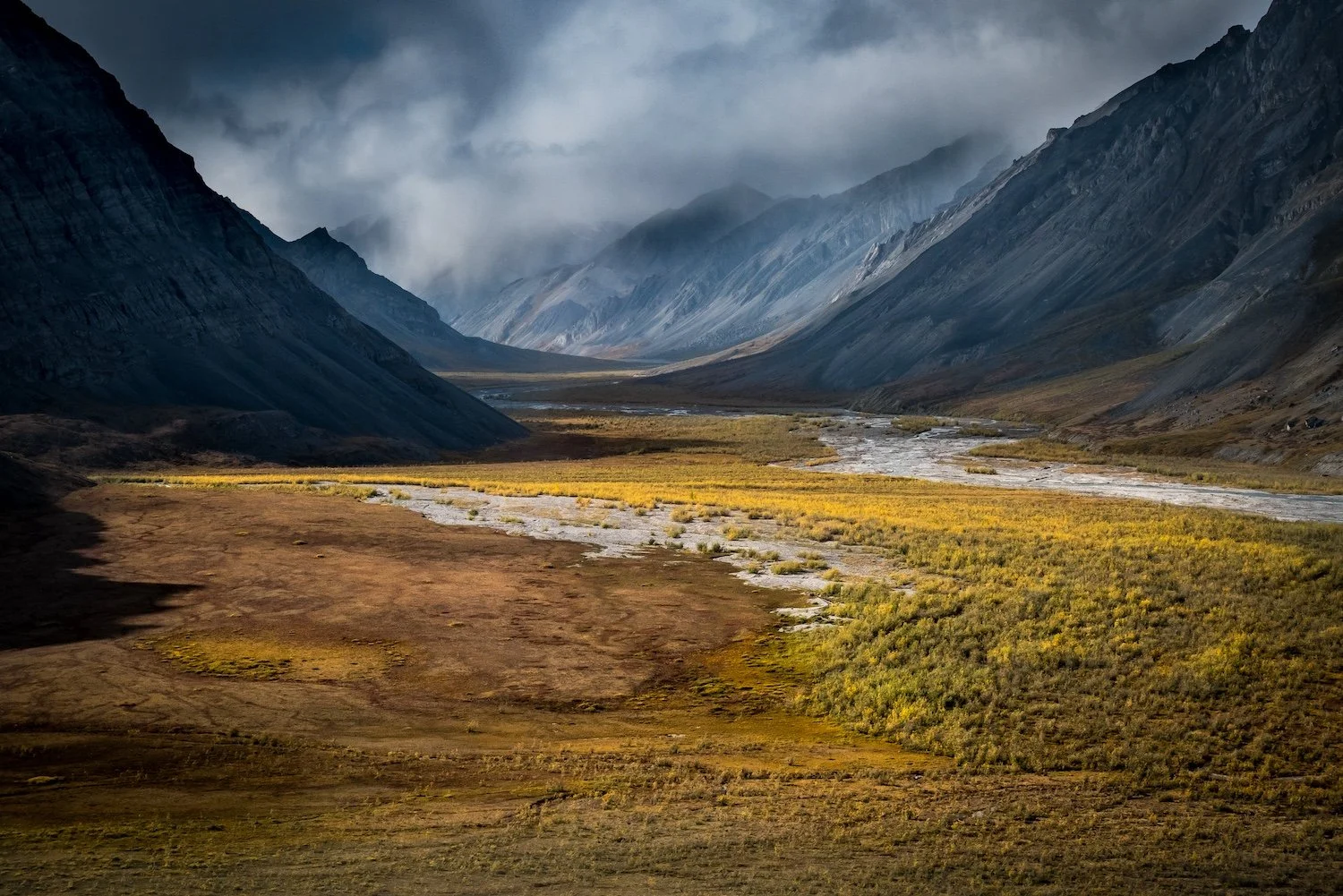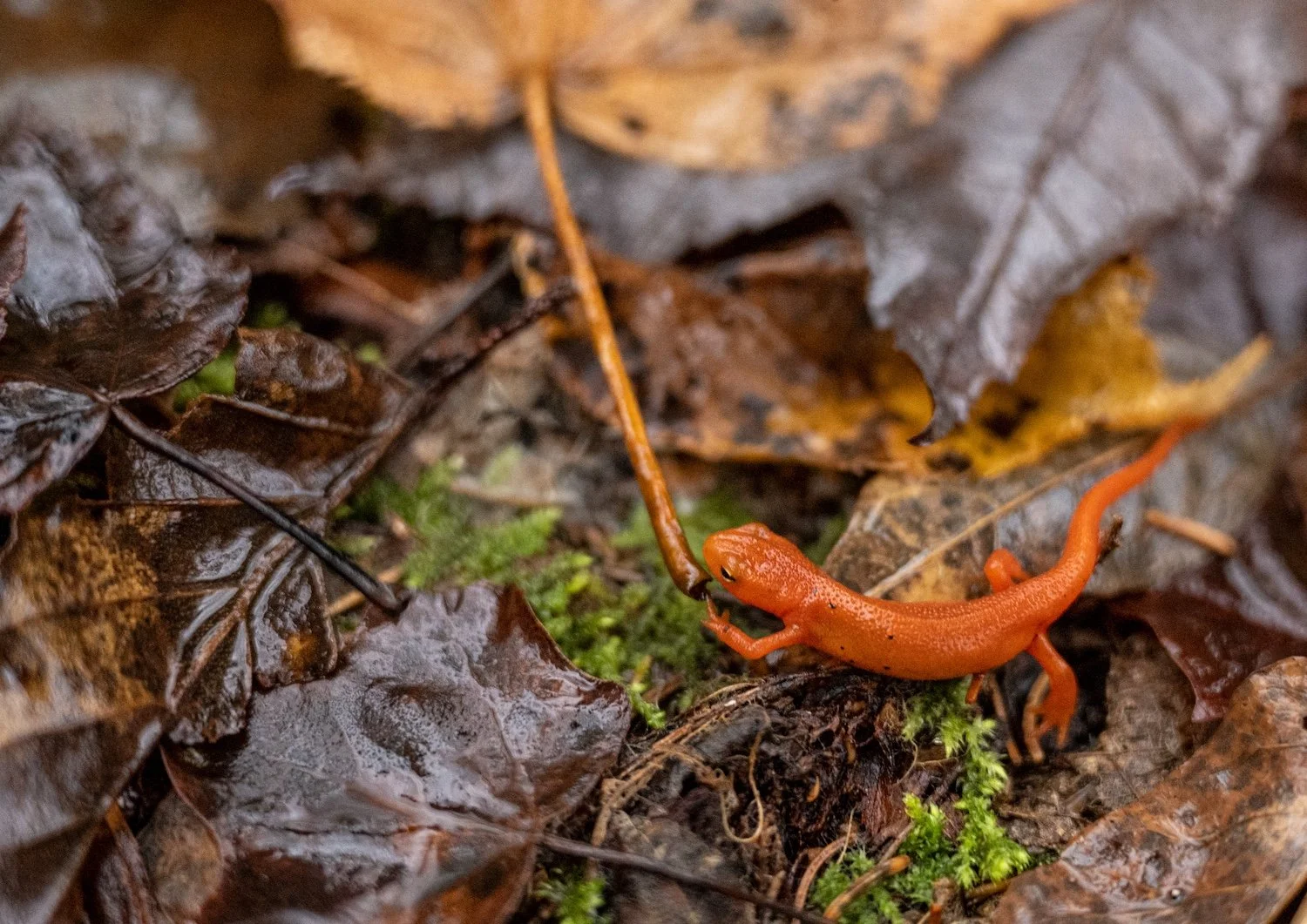WildLandscapes was named with intention. From the start, our focus has been on places where nature still functions as a whole: where migrations flow, rivers run freely, and ecosystems shape themselves. Healthy ecosystems depend on connections. Large mammals and predators need space to roam. Birds like geese and ducks need migration routes to breed and survive.
And scale isn’t just about elephants and lions, it’s also about insects, reptiles, and countless other species whose survival depends on connected, functioning landscapes. Beyond that, the same systems that support biodiversity also support people: clean water, fertile soil, pollination, and a stable climate. And when you work across large landscapes, the human dimension becomes even more important - and more complex.
Scale is just as much about the tiny creatures, operating as part of the whole.
Photos: Ami Vitale
Conservation has a history of imposing costs locally while sending the benefits elsewhere - to cities, capitals, or overseas. That model doesn’t hold. Not anymore. If conservation is going to endure, it has to work for the people who live with the land. That doesn’t mean handouts. It means real value: employment, dignity, security, and opportunity. As someone once told me, you can’t withdraw from the “conservation bank account” until you’ve made a lot of deposits. That means showing up, listening, sitting under trees, talking about cattle and land use, and shaping strategies that deliver something tangible and lasting.
As climate change reshapes everything, species - and people - will need the freedom to move, to adapt, to survive. And the places that allow that to happen must serve both.
You can see this play out in the U.S. national park system. The ones that have held onto their full suite of species - Yellowstone, Denali - are large and connected. By contrast, even well-funded, well-managed parks that are smaller or isolated have lost critical elements of biodiversity. Over time, habitat islands simply don’t hold.
There’s a story I often think about: a conservation group once protected a rare patch of old-growth forest in Connecticut. Then a single storm tore through and flattened it. It was too small to bounce back. That moment stuck with me. Conservation needs room, it needs redundancy. We can’t stake everything on isolated wins.
That’s why WildLandscapes focuses on land at scale; big, connected, resilient. These projects are tough. They span borders, agencies, land uses, and stakeholders with different priorities. But they’re also where conservation can do the most good.
Conservation on a landscape level holds the biggest challenges, the biggest risks, and the most rewards. Photo: David Chancellor
In Florida, we’re working to protect the “Green Heart” of the Everglades, which is almost a quarter of a wider area of about 2 million acres. We’re helping keep anchor landscapes free from oil development, supporting working lands, and safeguarding water for nearly 9 million people. Yes, it’s about panthers and black bears, but also aquifers, swallow-tailed kites, and everything downstream.
And the human benefits are just as real. At Green Heart, this work supports clean water and climate resilience, but it also protects sacred sites for the Miccosukee and Seminole Tribes, and preserves a way of life for the gladesmen who live, fish, and hunt there. Conservation has to reflect that complexity or it won’t last.
We’ve seen what happens when it doesn’t. In Africa, many parks are not functioning as they should, and not because people don’t care, but because conservation that doesn’t offer more than it takes ultimately breaks down.
Of course, not all conservation has to be big to be meaningful. Local work matters. But for WildLandscapes, working at scale is where we can have the most lasting impact: linking habitats, protecting species, and building resilience for communities and nature alike.
Building support for big conservation takes time, and trust. Early in my career, I stood before the New Hampshire legislature asking for small grants. Sometimes we got them. Sometimes we didn’t. But when a project came along that covered 4% of the state - one that touched water, forests, tourism, carbon, and local livelihoods - it passed unanimously. When conservation speaks to many priorities at once, people listen.
Big projects aren’t easy. They’re unpredictable. But when they succeed, the return is exponential - stronger ecosystems, more species protected, and long-term results for the people who live there.
Still, scale has its limits. Go too big, too fast, and you risk losing focus. That’s why we build carefully: crawl, walk, run. It’s what we did in the Everglades, starting with 65 acres, growing to 11,000, and now working to protect 450,000 acres of mineral rights. We’ve used that same model in Kenya, at Bear Hill, and beyond.
Not everyone will agree with what you’re doing. And that’s okay. If you’re doing meaningful work, someone will push back. Our job is to stay grounded in the mission, earn trust, and leave places better than we found them.
We’re not here to build a large institution. We’re here to make large-scale conservation work, and step back when the time is right. Not size for its own sake, but what it makes possible: thriving ecosystems, shared benefit, and true wilderness.
David Houghton, WildLandscapes International Founder and CEO






